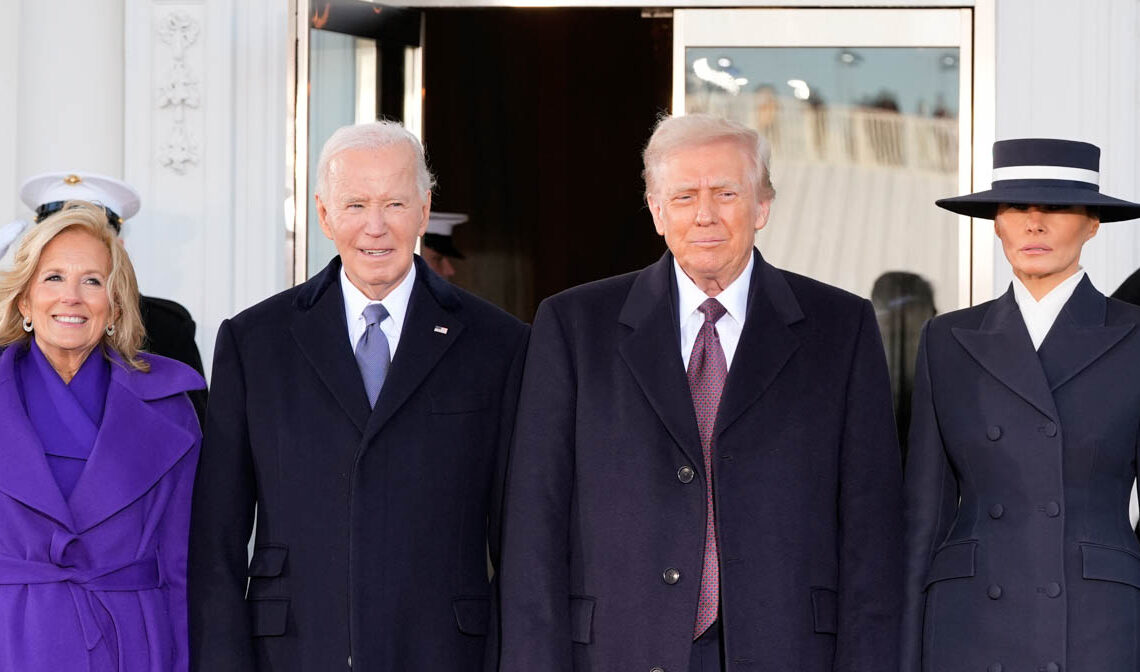The Philadelphia city council approved the $1.55 billion Philadelphia 76ers arena called “76 Place” on Dec. 12, 2024 located near Chinatown, leaving local residents and business owners worried about the future of their neighborhood and community.
The Sixers owners, Josh Harris and David Blitzer, started this proposal after having to share the Wells Fargo Center with the Philadelphia Flyers.
Harris and Blitzer also hold the seemingly promising belief that building a downtown arena would revive the Market East area and help local businesses prosper.
“[The stadium] strengthens ties within the local community through investments that prioritize equity, inclusivity and accessibility,” Harris stated.
Philadelphia Mayor, Cherelle Parker, approved the stadium proposal on Sept. 18, 2024, voicing her full support and expressing her trust.
“I wholeheartedly believe this is the right deal for the people of Philadelphia,” Parker posted on X. “To the people of Chinatown, please know that I hear you.”
Ironically, it doesn’t seem like the people of Chinatown are being heard.
According to a survey the Philadelphia Chinatown Development Corporation conducted, 93% of Chinatown business owners, 94% of residents, and 95% of visitors are against the project.
Additionally, the proposal has incited countless protests in the area where the stadium will be built, highlighting Philadelphians’ disapproval.
A new stadium will bring copious amounts of construction, not just for the stadium itself, but also for other commercial businesses, new housing, and overall redevelopment.
With construction, small local businesses are at risk of being unable to compete with other larger and wealthier corporations that the stadium would attract.
Not only that, the location of the proposed arena being near an already crowded area of Reading Terminal Market and the Fashion District will only worsen traffic, affecting the commuting locals.
Foot and transportation traffic may also prevent visitors from supporting small businesses, due to functioning as fast as a common fast- food restaurant would.
The fear of washing away Philadelphia’s Chinatown isn’t nonsensical, as the Chinatown in Washington D.C. has also faded away because of the Capitol One stadium construction for the Washington Wizards.
In Washington’s case, residents of Chinese heritage accounted for 69% of the population in the neighborhood in 1990, to 28% in 2020.
Property taxes also rose, forcing countless business owners and long-term residents to relocate or close.
The fear that Philadelphia’s Chinatown will follow suit to Washington D.C.’s is strong. This is even more worrisome because, to residents, Chinatown has bred a closely-knit community.
“How many of us got our first jobs at Chinatown businesses? We spend our days going to Chinatown after school because that was the only place we could go,” Faye Liu, a senior at Chinatown Resident High School explained. “We have been loved and nurtured by this community and want to defend it in return.”
Overall, the biggest risk of this stadium is the dissipation of the neighborhood that has Chinese culture deeply rooted within it for over a decade.
“This is our home,” Chinatown resident Debbie Wei stated. “ It’s not Disney World. It’s not just a bunch of restaurants. It’s people.”



















